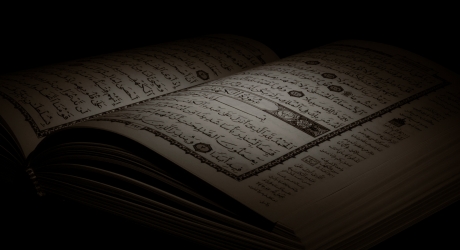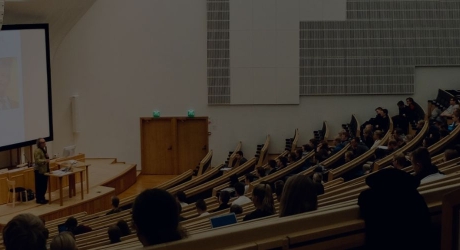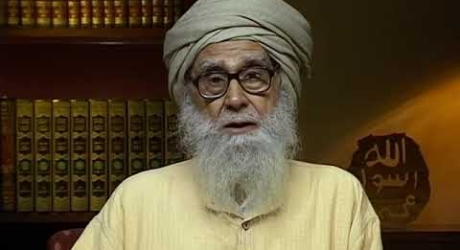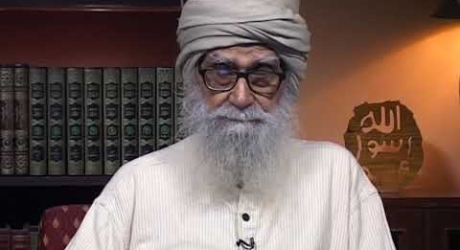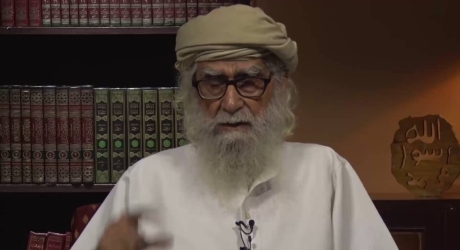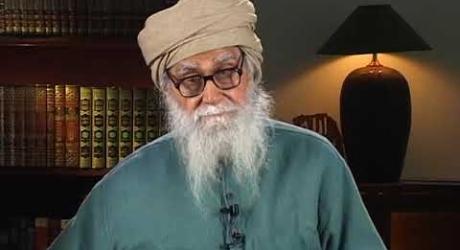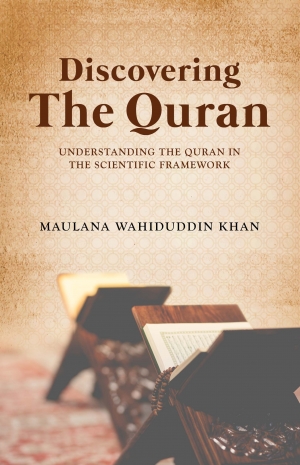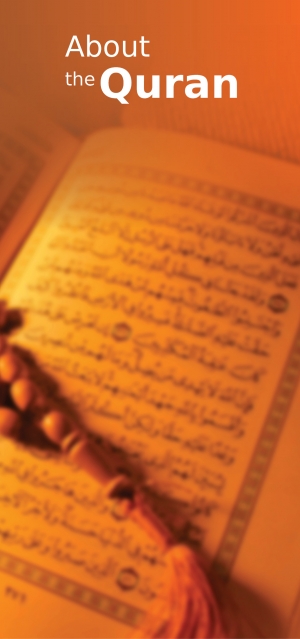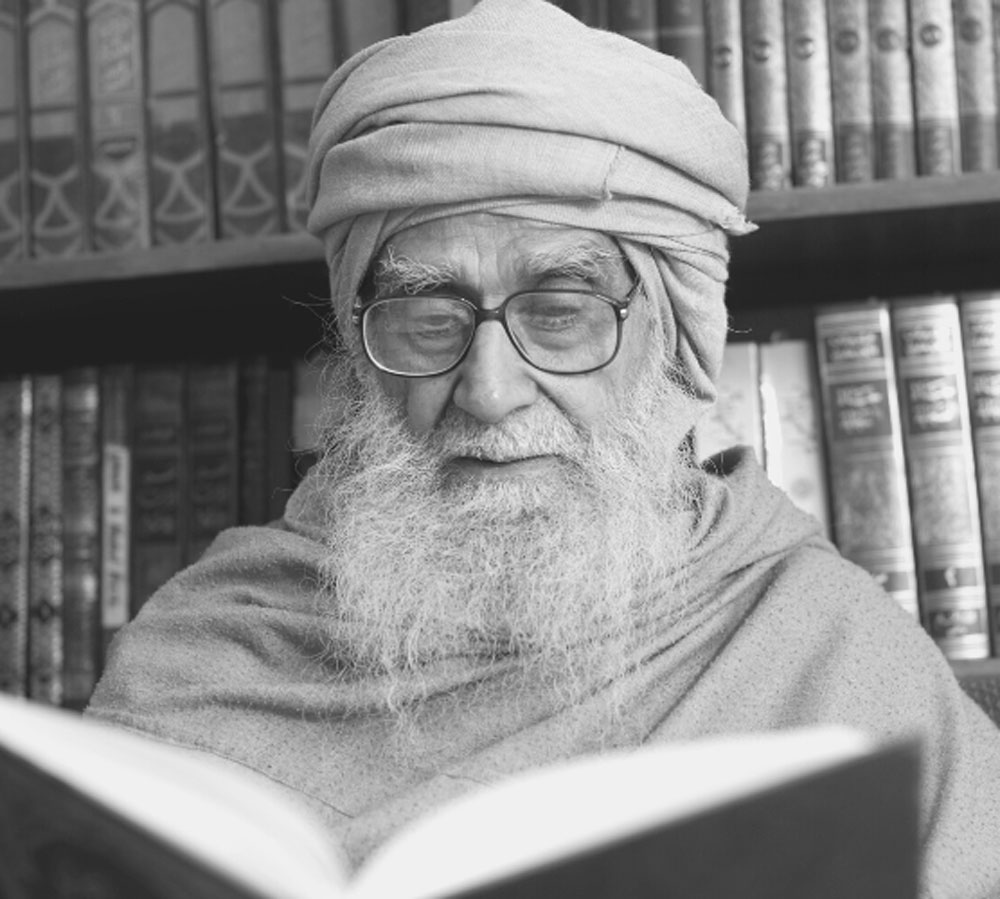The prophets given divine revelations in books were called rasul, while those who did not were called nabi. Four find mentioned in the Quran: the Sahifa or the scrolls given to Abraham; the Torah, the revelations to Moses; the Zabur, the psalms of David; the Gospel, the teachings given to Jesus. Each was initially a complete revelation, but unfortunately, these books and teachings were not adequately preserved. Some, like the Sahifa, were lost completely. Others were changed in various ways by human intervention and are no longer in their original form. They could best be described as edited versions of divine revelations, which have been altered from time to time by editors and commentators.
In the past, the need for new prophets arose because God’s religion was no longer in its pristine form, having been distorted in many different ways. Therefore, new prophets had to come to the world periodically to revive the true spirit of religion and thus restore it to its original form. However, after the Prophet Muhammad, there was no need for another prophet, for the Book— the Quran— which he gave to the world has been preserved intact, in its original form. The Quran is a collection of the divine revelations that the Prophet received over 23 years.
Angels (Malaika, literally meaning ‘messenger’) serve as intermediaries between God and man. They transmit messages to His envoys, worthy individuals whom God specially chooses for the task of being His messengers. These messengers are called prophets, and it is the prophets alone who receive the divine revelations through an angel, who is the celestial messenger. According to the Quran, the angel Gabriel (Jibrail), meaning the ‘power of God,’—also alluded to in the Quran as a “trustworthy spirit” (al-ruh-al-amin)—brought divine revelations to the Prophet of Islam.
Featured Articles
Featured Videos
FAQs
After the death of the Prophet, Abu Bakr became the first caliph. In his time, the Quran not only existed in written form on the bark of date palms, stones, leather, etc., but was also preserved in the memory of the companions. The Quran, when made into a book, was arranged in the order memorized by the companions, and the verses have been preserved in that same order right up to the present day. Zayd ibn Thabit’s work was more a process of collection than of compilation. That is, the scattered bits and pieces of the Quran in written form were collected by him, not just to be assembled and bound in one volume, but to be used to verify the authenticity of the Quran as memorized and passed on in oral tradition by countless individuals. Once this exact correspondence between the oral and written forms of the Quran had been established beyond any reasonable doubt, Zayd proceeded to put the verses of the Quran down on paper in their correct order.
In former times, when the accepted way of disseminating the subject matter of a book was to memorize it, then recite it, it was quite exceptional that the Quran should have been preserved in writing as well as memorized. This was like having a ‘double checking’ system, whereby memory plus written words and written words plus memory could be constantly compared for verification. In his book, The Bible, the Quran and Science (1970), the French author Dr. Maurice Bucaille, says about the process of preservation of the Quran, ‘This process of recitation afforded a considerable advantage as far as an uncorrupted text was concerned, for it provided a system of double-checking at the time the definitive text was written down.’
After Zayd ibn Thabit had prepared the entire Quran and bound it in the form of a book, all other materials collected from different companions, for the purpose of checking and rechecking, were all burnt. Now this volume was handed over to the caliph. After Abu Bakr’s death it remained with Umar, the second caliph. After the death of Caliph Umar it remained in the custody of Hafsa, daughter of Umar and wife of the Prophet.
The third caliph Uthman, as advised by Huzayfa ibn Yaman, had copies made of the volume prepared by Abu Bakr, then sent one copy each to all cities. This task was again entrusted to Zayd ibn Thabit Ansari, who was provided with eleven people to assist him. As per the order of the third caliph, the committee wrote down the Quran in accordance with the spelling of the Quraysh, so that it should conform to the accent (lehja) of the Prophet of Islam. Caliph Uthman subsequently ordered that all other copies of the Quran, which people had written on their own, should be handed over to the government. These were all then burnt by his order. By this method, all the copies of the Quran were made uniform as far as writing was concerned.
These copies of the Quran, made with extraordinary care and precision, were passed on from generation to generation until the age of the press dawned. Many printing presses were then established in the Muslim world, where the beautiful calligraphy of the scriptures was reproduced after its content had been certified by memorizers of the Quran. Thus, once again, with the help of the memorized versions and written texts, correct, authentic copies were prepared; then with the publication of these copies on a large scale, the Quran spread all over the world.
Any copy of the Quran found in any part of the world at any time will be exactly the same as that handed down to the Muslims by the Prophet in his last days, arranged in the form still extant today.
Source: The Seeker’s Guide
The Quran, according to Muslim belief, is a book revealed by God. Today, it exists in the form of a book, but all of its 114 chapters were not revealed at once. They were sent part by part, according to circumstances, over a period of 23 years. The present order of arrangement of the chapters of the Quran is not the same as the order of their revelation.
In ancient times information used to be preserved in human memory. Oral traditions in those days functioned as libraries do today. This system made it possible for the revelations of the Quran to be preserved in the memory of a large number of Muslim companions of the Prophet. And to this day, and in spite of the invention of the press, the institution of memorizing the Quran is still alive all over the Muslim world.
But the message of the Quran was not transmitted purely by oral tradition even during the lifetime of the Prophet. Among his companions were a select group of about half a dozen katib-e-wahy, or transcribers of the revelations. A few of these scribes were always present with the Prophet and whenever any passage of the Quran was revealed, the Prophet would recite it to them. Thereupon, at the exact moment of revelation, they would not only commit it to memory, but would also write it down on any available material, such as paper, bones, leather, or skin. In former times, when the accepted way of disseminating the subject matter of a book was to memorize it and then recite it, it was quite exceptional that the Quran should have been both memorized and preserved in writing.
The second point concerns the arrangement of the verses and chapters of the Quran. When the Quran was revealed in parts, at different times according to the demand of circumstances, how did it come to be arranged in its present form? We find the answer in books of Hadith. It has been proved from authentic traditions that the angel Gabriel, who conveyed the revelations of God to the Prophet, himself arranged these verses in their present order. Each year during the month of Ramadan, the angel Gabriel would come to the Prophet and recite before him all the Quranic verses revealed up till that time. And after listening to the angel, the Prophet would repeat the verses in the order in which he had heard them. This dual process has been termed as al-Irza, or mutual presentation, in the books of Hadith:
In the last year of the Prophet’s life, when the revelations were complete, Gabriel came to the Prophet and recited the entire Quran in the existing order twice, and the Prophet also recited to Gabriel the entire Quran twice. This final presentation is called al-Arz al-Akhirah in the Hadith. (Fathul Bari, pp. 659-663)
And in this way the Quran came to be in the form we are familiar with today, preserved in memories of tens of thousands of the Prophet’s companions even during his lifetime. When the Prophet died in 632 AD, at the age of 63, the Quran existed in two forms: first, in the memory of these companions, who had learned it by rote in what is now its present order; second, in writing—on pieces of paper and other materials, preserved by the companions. What must be noted here is that the order existed in memory, not in writing, though all the parts existed at that time in written form.
Source: The Seeker’s Guide
The Quran, the Book of God, enshrines the teachings which were basically the same as were to be found in previously revealed scriptures. But these ancient scriptures are no longer preserved in their original state. Later additions and deletions have rendered them unreliable, whereas the Quran, preserved in its original state, is totally reliable.
The Quran is a medium-sized book as far as its volume is concerned. It comprises of 114 chapters or surahs. The Quran is a revealed book: it is not authored by a human being. It is the actual word of God in human language. The Quran began to be revealed to the Prophet Muhammad, through the angel Gabriel, in 610 AD, while the Prophet was sitting in seclusion in the cave of Hira at the top of the Mountain of Light, two miles from Makkah. The Quran was not revealed in book form at one point of time. Its various parts were revealed as the occasion demanded. It was later compiled in Madinah during the last days of the Prophet. The entire revelation was completed over a period of 23 years. The last passage was revealed to the Prophet while he was addressing a gathering at Mount Arafat after performing his last Hajj in 622 AD.
The contents of the Quran in a nutshell are belief in one God, and considering oneself answerable to Him; firm belief that the guidance sent by God through the Prophet Muhammad is the truth and that man’s eternal salvation rests thereon.
The position of the Quran is not just that it is one of the many revealed scriptures but that it is the only authentic heavenly book, as all other books, due to human additions and deletions, have been rendered historically unreliable. When a believer in the previously revealed scripture turns to the Quran, it does not mean that he is rejecting his own belief but rather amounts to his having re-discovered his own faith in an authentic form.
The Quran is a sacred book sent by the Lord of all creation. It is a book for all human beings because it has been sent by that Divine Being who is the God of all of us.
The Quran is no new heavenly scripture. It is only an authentic edition of the previous heavenly scriptures. In this respect, the Quran is a book for all human beings, of all nations. It is the expression of God’s mercy for one and for all. It is a complete message sent by God for every one of us. The Quran is a light of guidance for all the world just as the sun is the source of light and heat for all the world.
Source: The Quran (Introduction)

